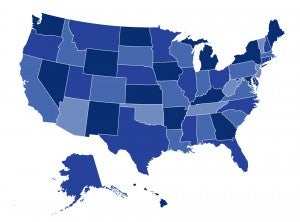
Once the public health emergency ends, state Medicaid agencies will need to recommence Medicaid eligibility redeterminations and renewals. As a result, up to 16 million people are projected to lose their Medicaid coverage. While many of these will have gained access to employer-sponsored insurance, Medicare, or other sources of coverage, an estimated one-third will be eligible for subsidized coverage in the Affordable Care Act (ACA) Marketplaces. These shifts would represent the largest change in coverage status since implementation of the ACA.
Whether a state’s Medicaid agency moves swiftly or slowly to process eligibility redeterminations, the commercial insurance market–and particularly the ACA Marketplaces–could experience a significant growth in enrollment. In a new issue brief for the State Health & Value Strategies project, CHIR’s Sabrina Corlette identifies several areas where state insurance regulators will want to coordinate with other agencies or external stakeholders, issue new regulations or guidance, and establish means for minimizing gaps in coverage or access to services.
You can download the issue brief here.

